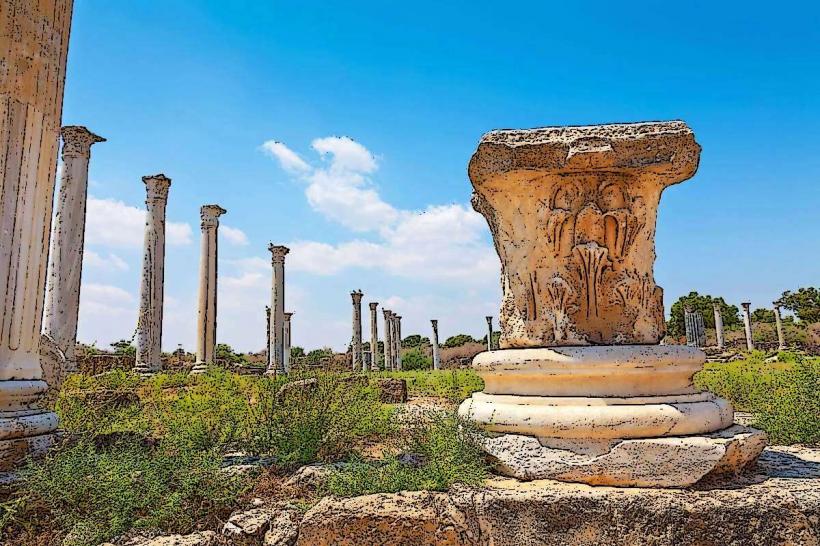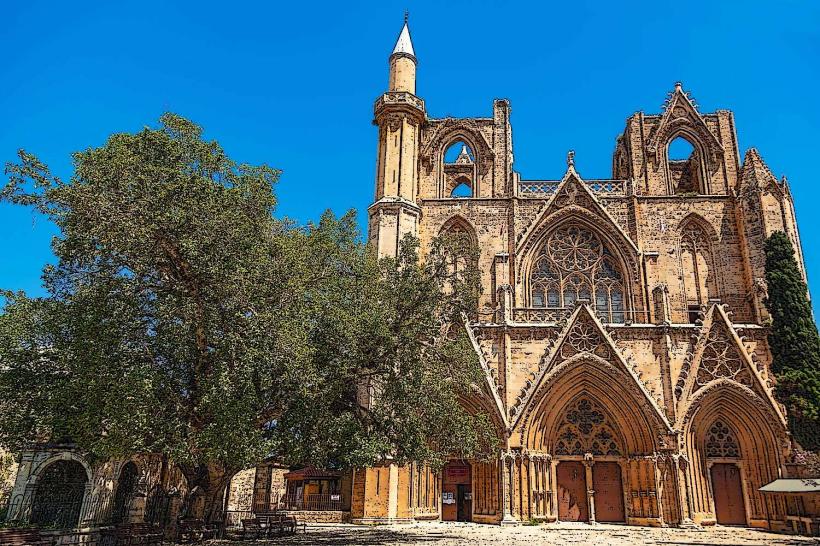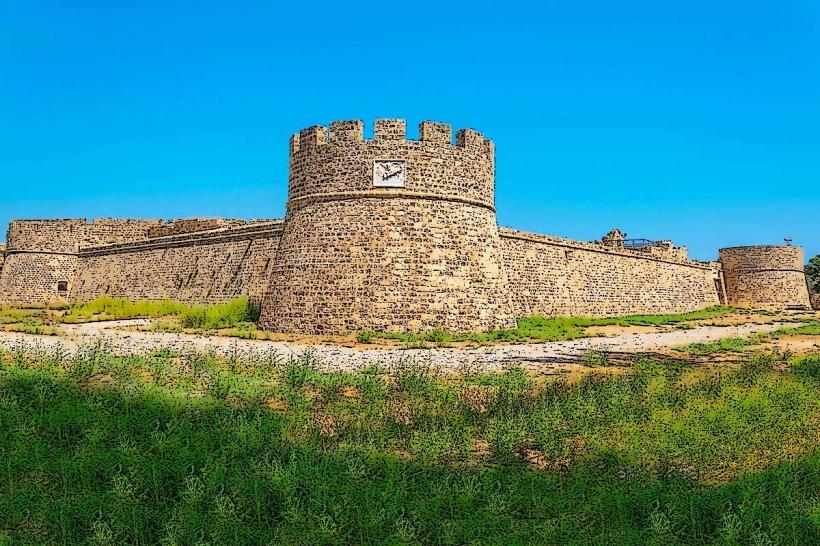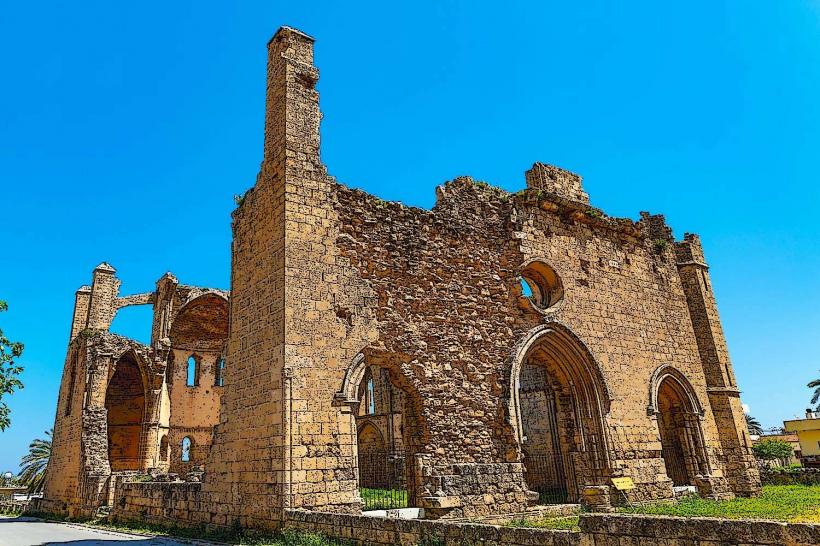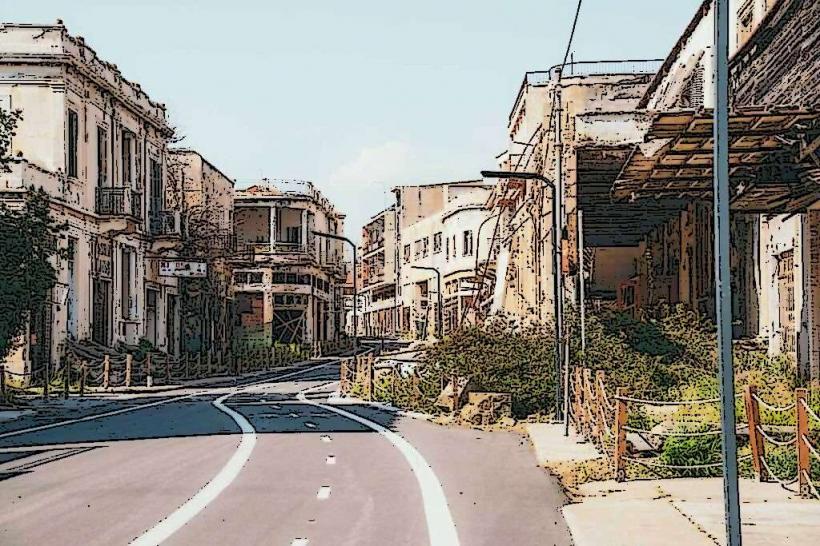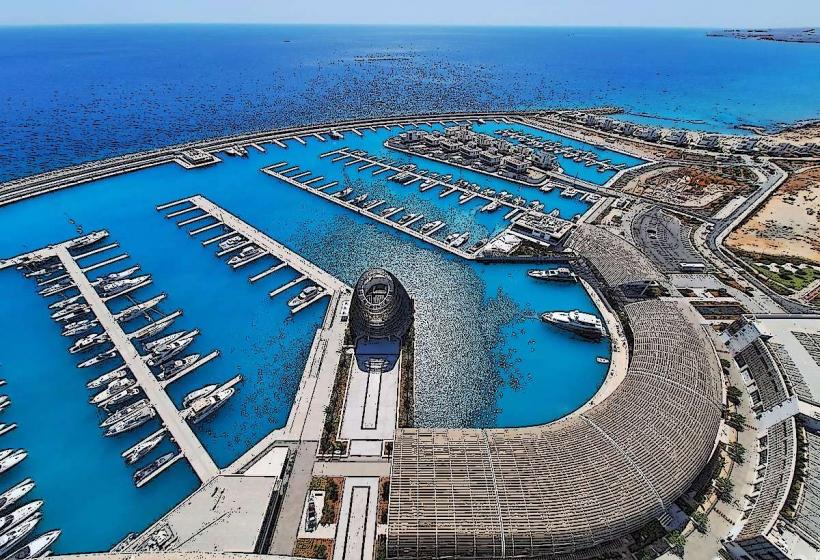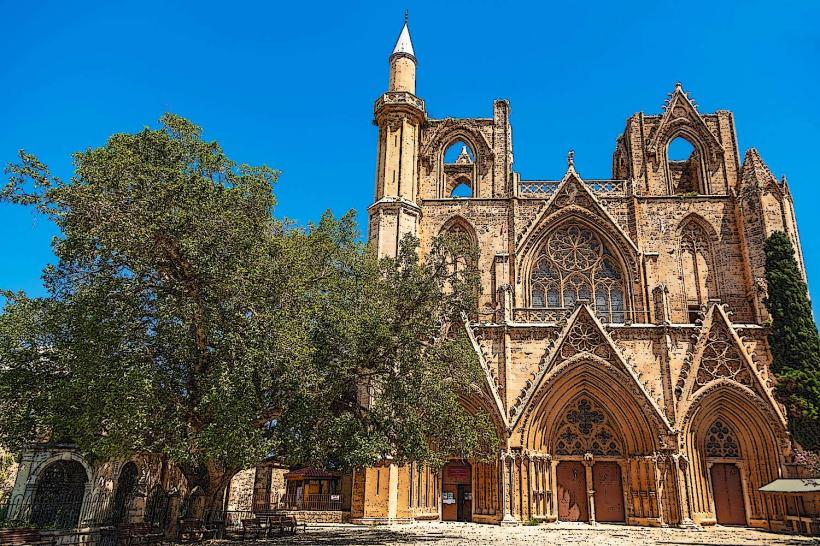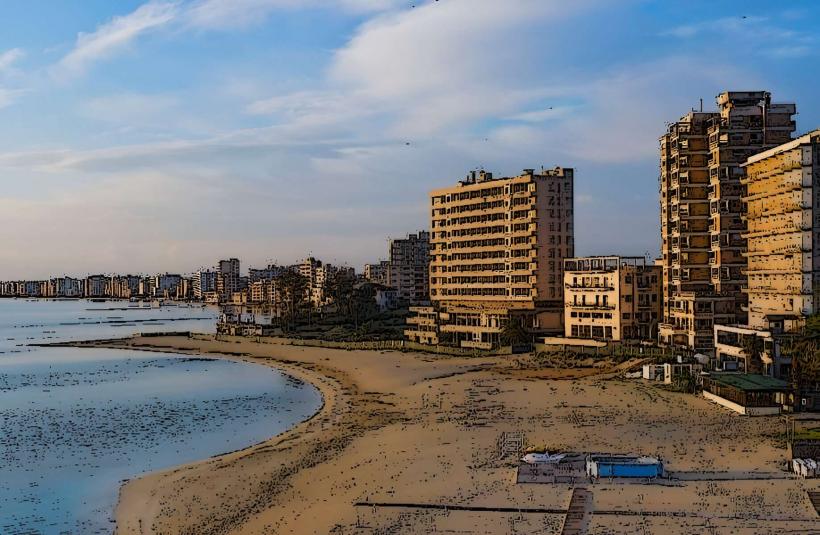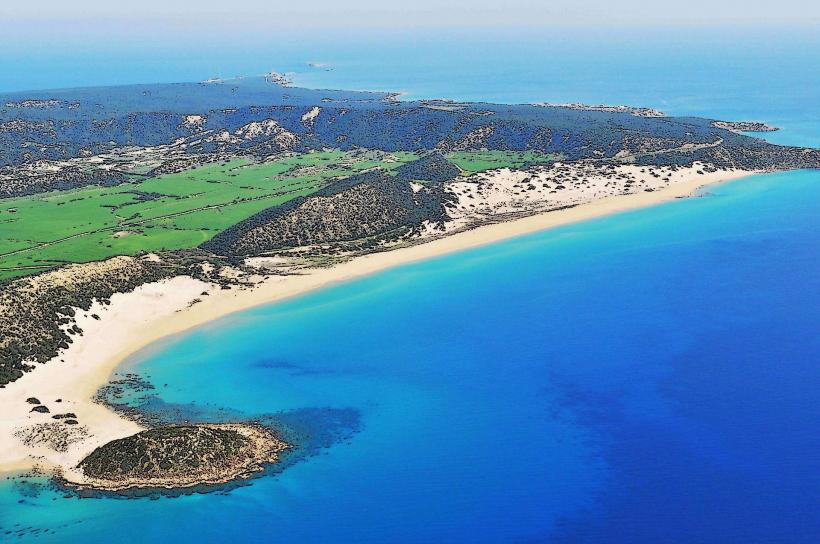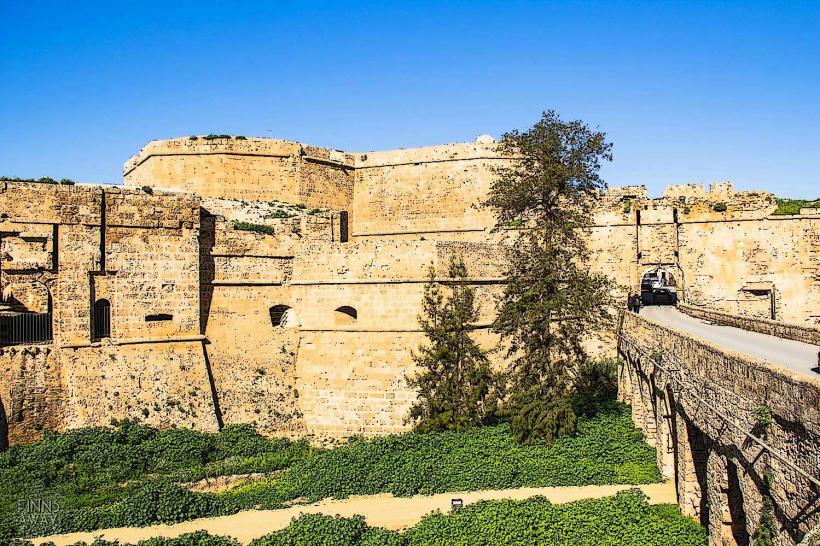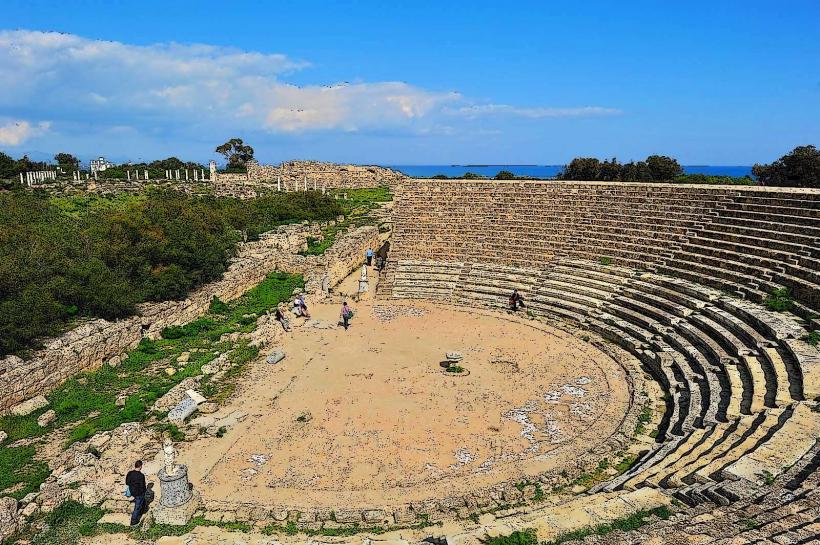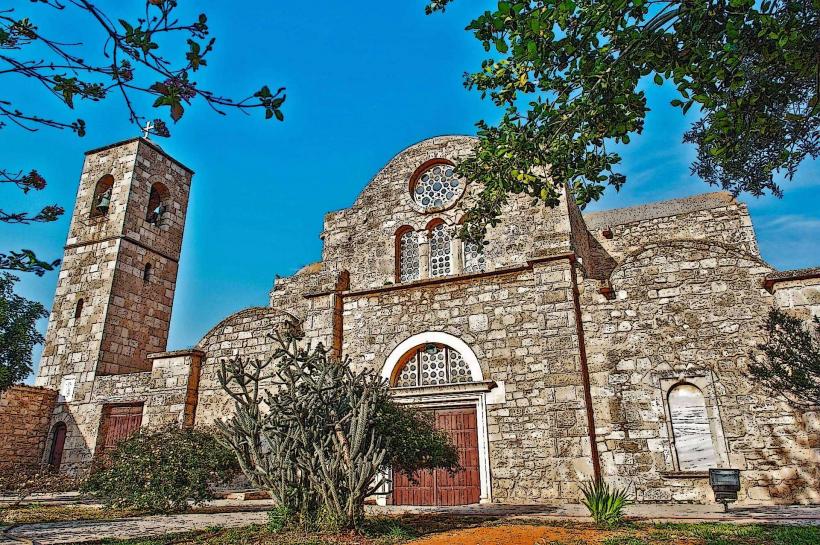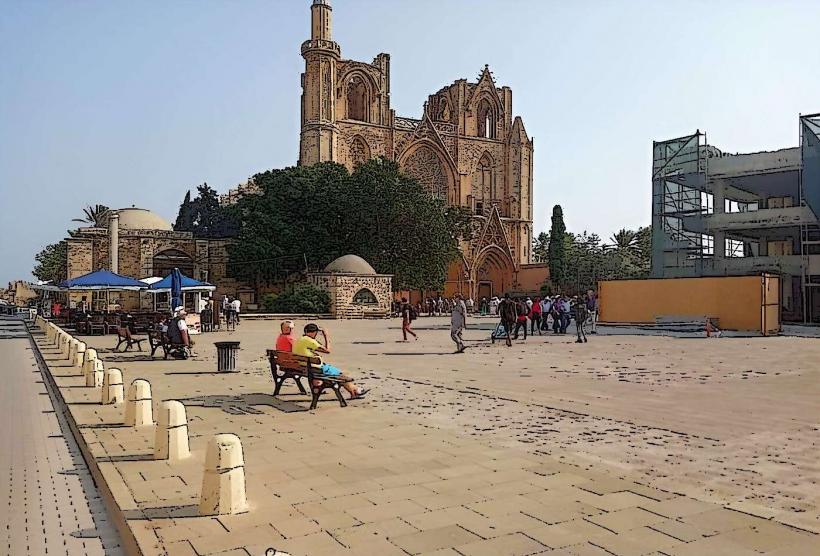Information
Landmark: Famagusta GateCity: Famagusta
Country: Cyprus
Continent: Europe
The Famagusta Gate is one of the most prominent landmarks in Nicosia, Cyprus, and a significant example of Venetian-era architecture. Built in the 16th century, it served as part of the defensive walls constructed by the Venetians to fortify the city against Ottoman sieges. The gate, originally called Porta Giuliana, is one of the three main gates of the walled city, alongside Kyrenia Gate and Paphos Gate.
Architectural Details
- Design and Structure: The Famagusta Gate is a striking example of Renaissance military architecture, inspired by Venetian styles. It features a large arched doorway flanked by thick stone walls and a domed passage that leads into the city.
- Materials: Built with local limestone, the gate is known for its durability and aesthetic appeal.
- Interior: The interior comprises a long vaulted corridor, leading to rooms on either side. These rooms were used historically for administrative purposes and now serve as cultural venues.
Historical Significance
- Venetian Period (16th Century):
- Constructed in 1567 as part of the city walls designed by the Italian architect Giulio Savorgnano.
- It connected Nicosia to the port city of Famagusta, hence its name.
- Ottoman Period:
- After the Ottoman conquest of Cyprus in 1571, the gate continued to serve as a vital access point, though modifications were made to align with Ottoman architectural styles.
- Modern Era:
- During British colonial rule, the gate lost its military significance and gradually fell into disuse.
- In the late 20th century, it was restored and repurposed as a cultural center.
Current Use
Today, the Famagusta Gate functions as a cultural center and is managed by the Nicosia Municipality. It hosts various events, including:
- Art exhibitions
- Concerts
- Theatrical performances
- Historical and cultural lectures
Location and Accessibility
Situated on the eastern side of Nicosia's old town, the gate is easily accessible on foot or by vehicle. Its position highlights its original function as a crucial link between the capital and the rest of the island.
Significance for Visitors
For tourists and history enthusiasts, the Famagusta Gate offers:
- Insight into 16th-century Venetian fortification techniques.
- A glimpse into the layers of history that shaped Nicosia, from Venetian to Ottoman and British rule.
- A vibrant cultural venue that blends history with modern artistic expression.

